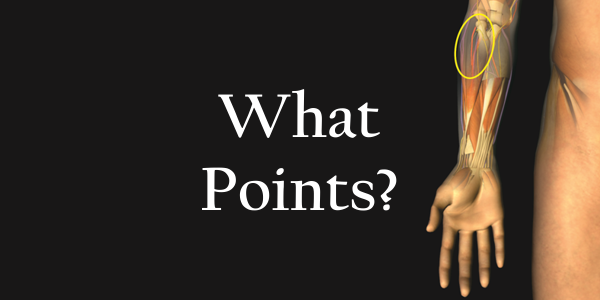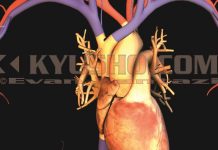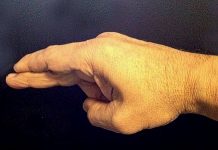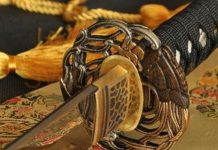
What are the Most Important Pressure Points?
A popular question for Kyusho beginners is what are the most important pressure points to learn?
Well that is a simple question with no simple answer, not all points are the same, nor is the physiology in all people.
Going deeper, not all points are the same nor are they workable in all situations and this must be realized and trained accordingly. It will all depend on the situation, the individual, the attacker and of course your skill level.
Let’s take the branch of a nerve most think is the Radial Nerve, located at the inner part of the forearm, just in front of the elbow crease. I did not call this L-5 as most because it is not a single point location, nor is it multiple points named the same. The target is actually the on the Lateral Antebrachial Cutaneous Nerve (this is why however, we use the point names as the simplicity factor is there, just do not confuse it with the acupuncture point… it is larger than that).
Typically this point is demonstrated and has some dynamic and impressive results… plus pain and dysfunction, always entertaining. Then after the practitioner can apply it in an exploratory and voluntary experimental application of pressure or striking, the next step is in mock attack scenarios such as punching or grabbing defenses. This is where the potential hazard in training takes place.
The practitioner will then train on these mock techniques under the impression that it will have the same affect in a real attack; this is where the potential hazard becomes ingrained. The potential hazard is that the impression they saw in applied experiment will not work under real intentful attack and they will be caught off guard.
To explain what I mean, this target must be fully understood (see “What’s Important” posting). This nerve is laying in between and under muscle, fascia and skin that when a clenched fist is made, constricts and protects (seals) access to the nerve. The harder the fist is squeezed the tighter and denser the muscle becomes and further protection. So if a person throws a punch with real intent, the fist will be very tight as will the protecting muscles. This is also true when they grabbing type attack, but even more so as when an attacker grabs the victim, the also tend to pull the victim in closer for added strength and control of them. This constricts the muscle even further and also closes the elbow to hinder accessibility and penetration to the nerve further.
It can be used if you can access it with the correct penetrating force in some situations like in joint control maneuvers, but must have the hand open or have accessed the point before the opponent has the opportunity to clench the fist, tightening the muscles to hinder your penetration depth and accessibility. But here is a question for you and only you can answer for yourself; if a point is only usable (realistically), 50% or less of the time, is it worthy of training for you? Or would you be better off concentrating on another target proximal that is far more available, accessible and will not be protected with simple and reflexive actions like closing the fist?
You need to not only be aware of these physical restrictions; you need to train properly in accordance with the physiology of real attack. Your Instructor needs to know this not only for this target, but for all targets they are teaching. If they have not mentioned this, you should ask about it as they may not understand it and should for all future students.
So what points do you train?
Well that depends solely on the practitioner, what they are comfortable with in relation to body actions, weapons they are comfortable with, and the ones they can reach under increasingly stressful training dynamics.
So often Kyusho is taught in stationary type “techniques” or demonstrations, not in realistic or combative use. Training dynamically is imperative as the motion teaches the practitioner what is practical and what they themselves can attain. Also critical is increasing stress factors in their dynamic training as they must know what physical limitations are imposed by speed, strength, adrenaline compromised physicality’s, etc..
As example in these typical Kyusho seminars people use specific weapons or again “techniques” (sequential actions or targets) that require fine motor skills, sight or high mobility. Yet under high stress the overload of adrenaline released into the body curtails any fine motor skills, it poses auditory occlusion (hearing loss) as well as sight deprivation via a phenomenon called tunnel vision. Those fancy techniques will not be possible, nor will any planned target sequencing.
Training Kyusho should be only with gross motor skills, and in dynamic action. Once the practitioner understand what can be accessed with their skills, then they must add more stress and impairments, like increased speed or intensity, dimmed light environments, actual environments (parking lots, stairs, etc.). There are so many important real issues that must be trained in order to know what important pressure points will work for you.
Kyusho is not for the mind alone, Kyusho must be in the hands.
If you have questions pertaining to the Most Important Pressure Points? email Evan Pantazi at: evan@kyusho.com, we may even add it to the next article.
© Evan Pantazi 2014
www.kyusho.com





